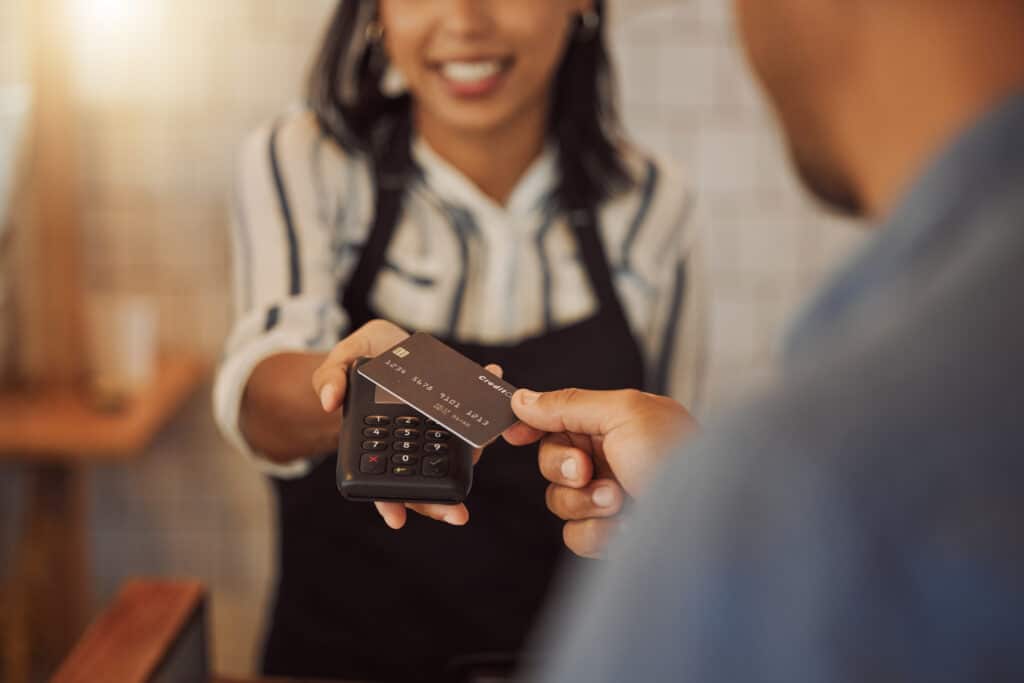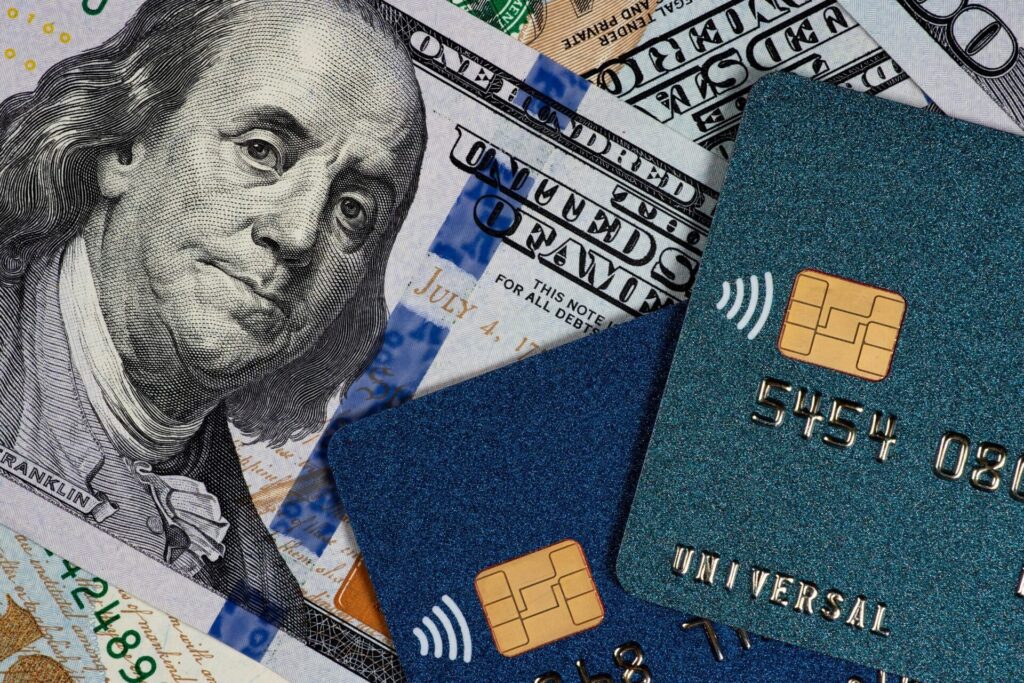If you’re new to the world of credit, you might be wondering what is a secured credit card? In short, it’is a credit card that requires a cash deposit as collateral. This deposit serves as security in case you’re unable to make your payments and is also often the limit for what you can spend. An unsecured card is what you may think of as a traditional credit card.
Pros and cons of secured credit cards
Secured credit cards come with both advantages and disadvantages. On the one hand, they’re a great way to build credit if you have no credit history or bad credit. They can also be a useful tool for budgeting and managing your expenses.
On the other hand, they often come with high fees and interest rates, due to the increased risk to the lender. According to Bankrate, the average interest rate on a secured credit card is around 18%, compared to an average of 16% for traditional ones. Additionally, secured credit cards often come with annual fees, which can range from $25 to $49 or more.
Other things to consider
Before applying for a secured credit card, there are a few other things to consider. For example, you’ll want to make sure that you can afford to make the required deposit. You’ll also want to think about how you’ll use the card and how you’ll pay it off each month.
Using a secured credit card to build credit
One of the main benefits of a secured credit card is that it can help you build credit. By making your payments on time and keeping your balance low, you can demonstrate to lenders that you’re responsible and trustworthy. If you’re looking to build your credit, you may also want to consider using Brigit’s Credit Builder.
Steps to get a secured credit card
Getting a secured credit card is a relatively straightforward process. Here are the steps to follow:
- Research secured credit cards: Look for secured credit cards that have low fees and interest rates. You can search for options online or check with your bank or credit union to see if they offer a secured credit card. (We recommend checking Bankrate because they update their recommendations often)
- Check credit requirements: While secured credit cards are designed for people with bad or no credit, some card issuers may have a minimum credit score requirement.
- Choose a card and apply: Once you’ve found a secured credit card that meets your needs, apply for the card online or by mail. You’ll need to provide personal information, such as your name, address, and Social Security number.
- Make the deposit: After you’re approved for the card, you’ll need to make a cash deposit, typically ranging from $200 to $500. This deposit serves as collateral for your credit line.
- Use the card responsibly: Once you receive your card, use it responsibly by making small purchases and paying your balance in full and on time every month. This will help you build a positive credit history.
- Upgrade to an unsecured credit card: After using your secured credit card for a period of time and demonstrating responsible credit behavior, you may be eligible to upgrade to an unsecured credit card. This will allow you to receive your deposit back and have a higher credit limit.
Looking for an alternative way to build credit?
Say hello to Brigit’s Credit Builder*. By making monthly on-time payments (as little as $1), Brigit can help you build credit by reporting your payments to the three credit bureaus. Want to learn more? Check out this 30-second video or visit https://www.hellobrigit.com/credit-builder
*Impact to score may vary. Some users’ scores may not improve. Results will depend on many factors, including on-time payment history, the status of non-Brigit accounts, and financial history. Results show that customers with a starting credit score of 600 or below were more likely to see positive score change results. A Brigit subscription is required.
Banking services provided by Coastal Community Bank, Member FDIC.










